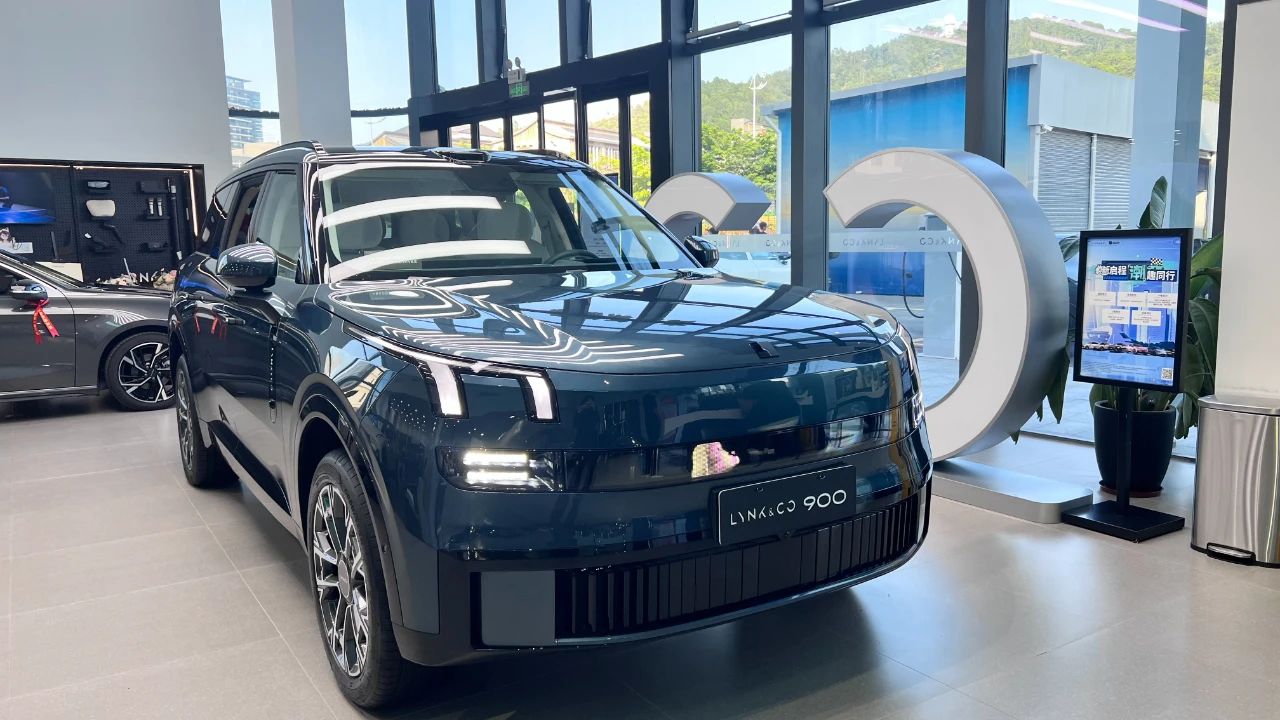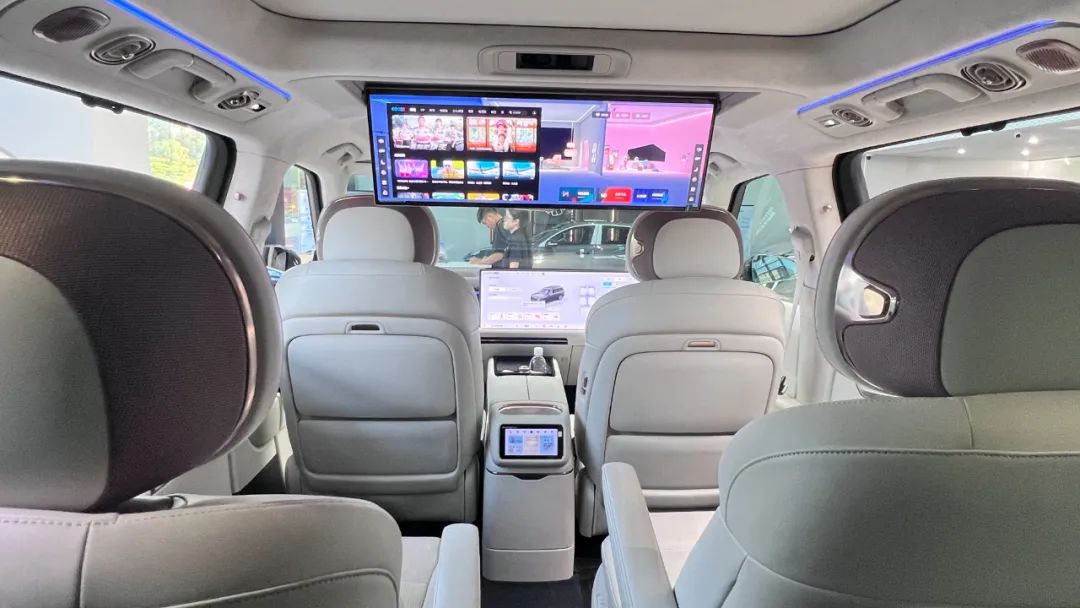Lynk & Co Challenges Li Xiang's Extended-Range Dominance Prediction
![]() 05/13 2025
05/13 2025
![]() 527
527
Source: SourceAuto
"Chinese independent brands persisting with multi-gear PHEV will shift to extended-range technology in the next one to two years. This prediction will be validated by 2025."
In November 2023, Li Xiang, founder, chairman, and CEO of Li Auto, confidently forecasted the supremacy of extended-range technology in hybrid new energy vehicles. "I believe that both the Great Wall Motor family and the Geely family will specialize in the extended-range route," Li Xiang added.
However, it appears Li Xiang's assessment was premature.

Leaving aside Great Wall Motor, which recently boasted at a press conference that it "would never make an extended-range vehicle" yet hasn't produced a market hit comparable to Li Auto, Geely's Lynk & Co has recently demonstrated that extended range isn't the only game in town. Its new car, which garnered over 10,000 orders within an hour of launch, is testament to this. Sources indicate that orders for the new Lynk & Co 900 have now surpassed 40,000.
According to official information, the Lynk & Co 900 features a three-speed hybrid-specific gearbox, fundamentally differentiating it from Li Auto's L8 and Huawei HarmonyOS Smart Drive's AITO Wenjie M8, both of which are emblematic of 300,000 yuan-level extended-range hybrid SUVs. The presence of the gearbox makes the Lynk & Co 900 drive more akin to a traditional gasoline car compared to its extended-range hybrid counterparts.
For instance, when an extended-range hybrid vehicle abruptly accelerates during high-speed cruising, its power noticeably wanes. However, the Lynk & Co 900, equipped with a three-speed gearbox, handles such scenarios with greater ease.
Intriguingly, within the Lynk & Co 900 lineup, models offering a more gasoline-like driving experience are outselling others.

According to data compiled by industry self-media @Sun Shaojun09, the Ultra is the Lynk & Co 900's primary sales version, with 40% of Ultra orders opting for the 1.5T variant and 50% for the 2.0T. On May 12, SourceAuto learned from multiple Lynk & Co centers in Guangzhou that the current delivery period for the 2.0T Ultra version of the Lynk & Co 900 has been extended to two months, while 1.5T-equipped models are available for immediate delivery.
In terms of pricing, there's a 30,000 yuan difference between the 1.5T Ultra and 2.0T Ultra versions of the Lynk & Co 900. The primary configuration difference lies in the powertrain and battery. Don't assume the 2.0T Ultra boasts a significant power advantage due to its larger engine displacement. Data shows that compared to the 1.5T Ultra, its maximum system output power is only approximately 2% higher, and its 0-100km/h acceleration time is 0.2 seconds faster.
What truly propels prospective buyers to shell out an extra 30,000 yuan for the 2.0T Ultra is its "gasoline car mindset".
"On one hand, like traditional gasoline cars, a larger engine displacement sounds impressive. Secondly, a larger displacement indeed instills more confidence when driving," said Mr. Li, a prospective Lynk & Co 900 owner, to SourceAuto on May 12. The 2.0T Ultra version of the Lynk & Co 900 drives very similarly to a large-displacement gasoline engine car. "Not only is it powerful above 100 km/h, but it also doesn't accelerate as abruptly as an electric car in the city, making it less likely to cause motion sickness in passengers."
This viewpoint aligns with that of many car reviewers who have conducted in-depth test drives of the Lynk & Co 900. "If you prefer a car that doesn't feel too electric or if you like traditional gasoline cars, then I think the 2.0T version is the more suitable choice," said renowned car reviewer Zeng Yingzhuo in his test drive video.

It's evident that the Lynk & Co 900 has proven that in the race for hybrid new energy vehicles, extended range isn't the only solution, which is crucial amidst fierce competition among extended-range hybrid SUVs.
According to SourceAuto's analysis, over 20 new extended-range hybrid vehicles have been launched since 2025. Given that the vehicle structure of this technology route is relatively simpler and prone to homogenization, these new vehicles are competing on larger screens, softer seats, and most importantly, lower prices.
Against this backdrop, even a strong leader like Li Auto is experiencing revenue growth without profit growth. According to its 2024 financial report, Li Auto achieved revenue of 144.46 billion yuan, a year-on-year increase of 16.6%, but its net profit decreased by over 30% to 8.03 billion yuan, and its vehicle gross margin declined by approximately two percentage points throughout the year. Li Auto attributed this to changes in different product mixes and pricing strategies. Put simply, extended-range vehicles are not as profitable as before.
For new energy vehicles, there's a common market view that they are much simpler than gasoline cars, particularly since the elimination of the gearbox has given many automakers the opportunity to overtake in the market. However, from the perspective of Lynk & Co and Mercedes-Benz, which will soon equip its 200,000 yuan-level pure electric new cars with a two-speed gearbox, incorporating gasoline car technology into new energy vehicles may also be a viable direction.
Some images are sourced from the internet. Please inform us if there is any infringement for deletion.








